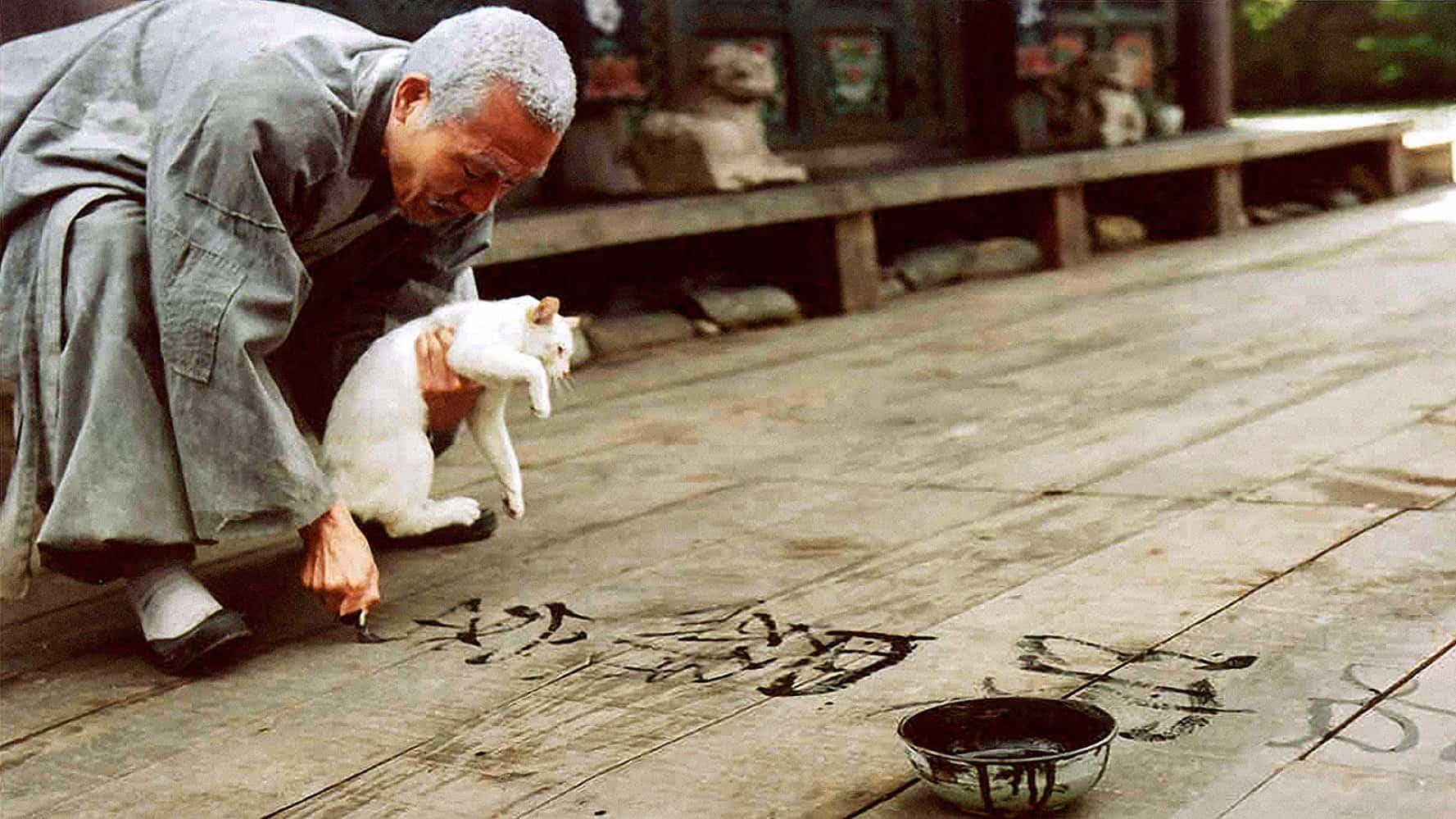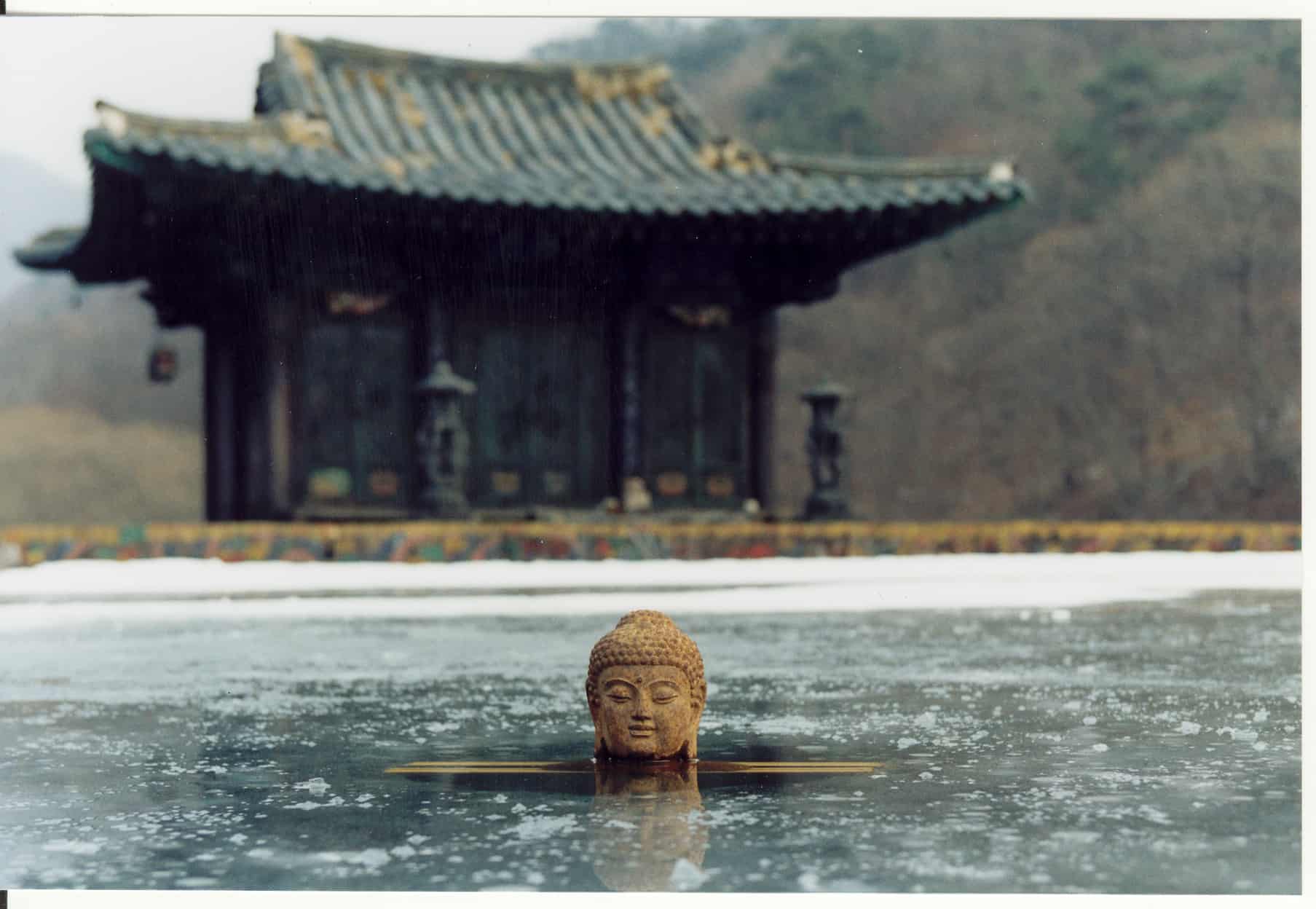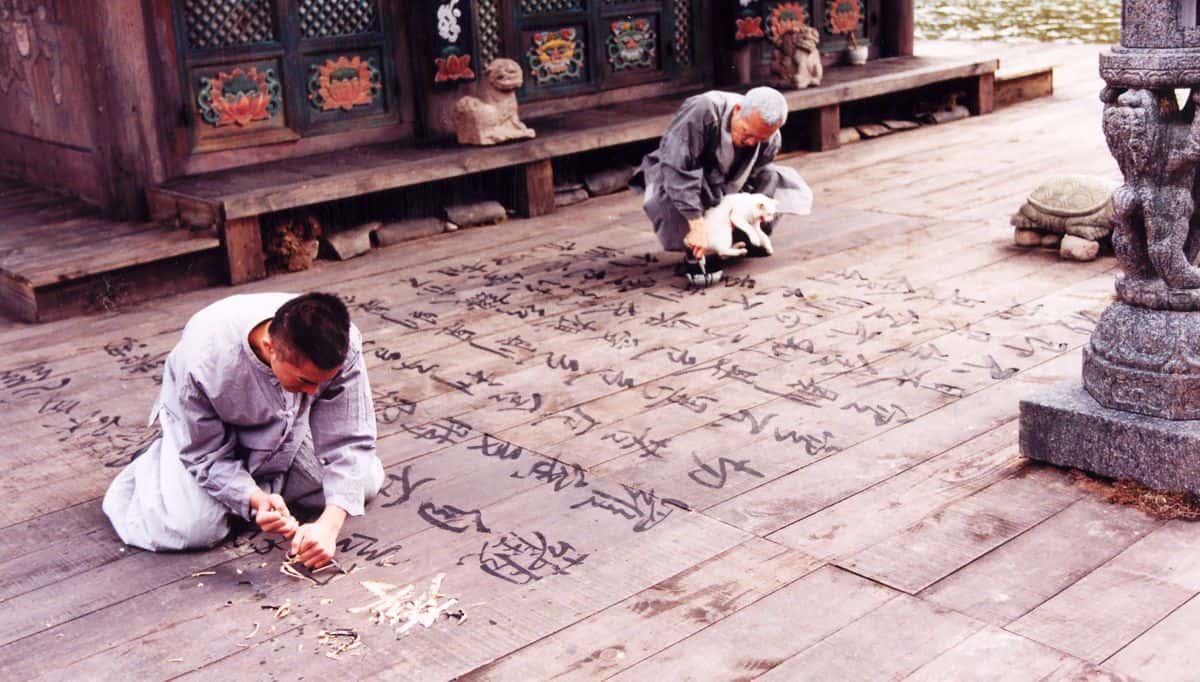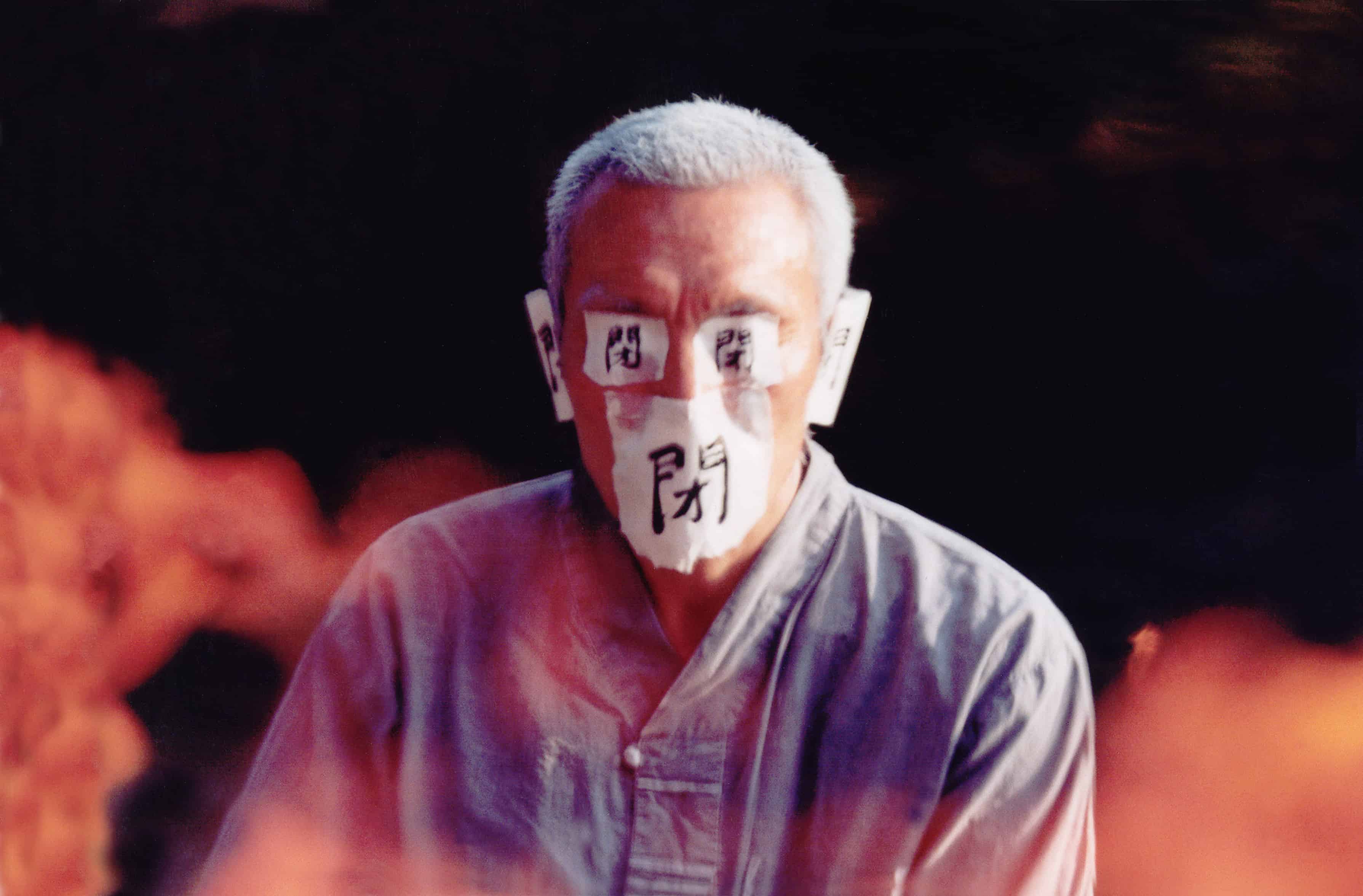
Spring, Summer, Fall, Winter... and Spring
2003
Rate this movie
Average: 0.00 / 5
(0 votes)
Director
A cyclic and perpetual motion that renews itself through sumptuous iconography and corrupted spirituality – this is how one could summarize the new cinematic chapter of a multifaceted and unpredictable director like Kim Ki-Duk. A director (and actor in this case) who loves to deeply explore the necroses of the human soul to sanctify them through a wild use of image and narration. His films are fundamentally fading stories, parables of slow decay through a refined process of human involution in which the director remains an aloof observer. "Spring, Summer, Fall, Winter… and Spring Again," released in theaters in 2003 and the first film by the Korean director to be released in Italy, marks a clear rupture in Kim Ki-Duk's poetics, defining itself as the transition from the hallucinated and morbid atmospheres of his debut works (Crocodile, Bad Guy, The Isle) towards a more polished and canonical vision of the world, an asceticism never artificial, where the disintegration of the protagonist is always present, but is no longer violently at the center of the scene. Here, his aesthetic refines, transitioning from a raw and often disturbing representation of physical and psychological violence to a more meditative, almost transcendental analysis of pain and redemption. His gaze, while maintaining a surgical distance, becomes more contemplative, less judgmental, allowing the human drama to manifest with the force of a universal, not just Korean, parable. The aloof observation is not detachment, but a form of respect for the intrinsic solitude of the spiritual path.
The story is that of an elderly Monk and his very young disciple who live in a secluded Buddhist hermitage nestled among the mountains of South Korea, a wooden Temple suspended between heaven and earth, floating on the surface of an pristine lake. The entire narrative of the work revolves around this kind of mobile theater, never straying from this wonderful location. The hermitage itself becomes a silent character, a microcosm reflecting the macrocosm of existence, a permeable boundary between the sacred and the profane. Its essential architecture, almost mimetic with the surrounding nature, accentuates the sense of an existence outside of time, where the only flow is that of the seasons, an relentless metaphor for the cycle of life. The four seasons mark as many focal points around which the two men's story entwines, marking the stages of a troubled and inescapable spiritual evolution.
"Spring" opens with the child disciple being reprimanded by the Master for having tortured three animals – a fish, a frog, and a snake – by tying a string with a stone to them and finding amusement in their suffering. The symbolism connected to the animal world is very strong throughout the work (each season hosts a different animal that roams freely around the hermitage: a dog, a rooster, a cat, a snake). These animals are not mere scenic details; they are mirrors of lost innocence, primordial cruelty, and later, acquired wisdom. The lesson imparted by the Master, the request to free the creatures with the weight around their necks, and the subsequent, cruel revelation of their fate, is the disciple's first burning encounter with karma, with the inescapable consequence of his own actions. It is the seed of pain that will germinate throughout his life.
"Summer" marks the arrival of physicality with sexual attraction and falling in love between the adolescent disciple and a young girl who came to the Hermitage to be cured of a mysterious ailment. The sex between the two young people is a kind of crowbar that tears the curtain of asceticism and marks the detachment between Master and Disciple. The Eden of purity is profaned by an irresistible, natural, and as such, inescapable desire. Kim Ki-Duk films it with surprising delicacy, almost a sacredness despite the transgression, positioning the sexual act not as a moral fall in itself, but as the catalyst for a necessary expulsion from the protected nest, the first step towards the world and its inevitable sufferings. Indeed, with the boy's departure, Summer concludes.
In "Fall," the man returns to the Hermitage to the now elderly Master after having killed his wife in a fit of rage over her betrayal. The Master will oblige the man to perform a calligraphic rite of penance by carving Mantras of Penance into the Hermitage's wooden planks. This scene is a visual and spiritual apex: the violence of the outside world clashes with the discipline of the temple, and the calligraphic penance, an act of extreme patience and physical exertion, becomes a metaphor for the weight of sin that erodes not only the soul but also the body, impressing itself upon the very material of the temple, like visible scars of a wounded soul. The season concludes with the murderer being arrested by the police and taken away, while the Master purges his shortcomings as a teacher through suicide, purifying his body with fire. His immolation is not despair, but a final, supreme act of teaching, a liberation from the weight of failure, an expiation that becomes, in Buddhist iconography, ascension. It is the ultimate sacrifice of one who has understood that the greatest lesson is imparted through extreme example.
"Winter" marks the disciple's return to the Hermitage after having atoned for his sins. The man decides to consecrate his life to asceticism and detachment from worldly things. But the infinite wheel of Life presents him with a young adept to whom he will have to dedicate his teachings in a perpetual and cyclic motion that renews itself: a giant snake biting its tail, a Mobius strip vibrating infinitely above the fragile finitude of men. The disciple, now Master, completes his own cycle, carrying the weight of his own history and acquired wisdom. The final image of him carrying a Buddha statue on his back up the mountain, with a stone tied to his ankle as he himself had done with the animals as a child, is a closing of rare power and beauty. It is not merely repetition, but the profound understanding that every suffering is a step towards enlightenment, that every sin is an opportunity for redemption, and that the cycle of life is an eternal return not merely circular, but spiral, where each step adds layers of awareness. The film does not offer simple answers, but proposes a hypnotic and visceral meditation on the nature of sin, forgiveness, mortality, and the immortality of the soul, delivering a work of undeniable aesthetic and spiritual mastery.
Genres
Countries
Gallery








Featured Videos
Official Trailer
Comments
Loading comments...